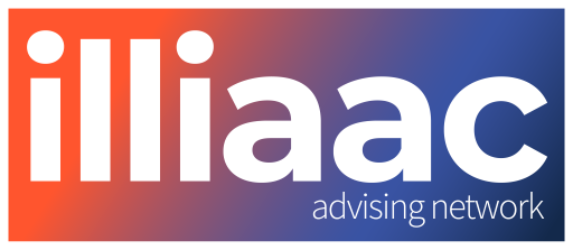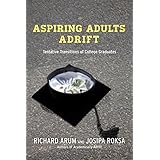In Aspiring Adults Adrift: Tentative Transitions of College Graduates, Richard Arum and Josipa Roksa examine how the skills students learn (or do not learn) in college affect their life after graduation. In the follow-up to Academically Adrift, the authors aim to go beyond the learning that occurs during the first two years of college. To that extent, they investigate student learning through senior year, academic engagement, social skills, likelihood of being under- or unemployed, independence from parents (both financial and housing), relationship status, civic engagement and attitudes toward the future. Overall, the authors uncover some alarming deficiencies across a wide range of topics. Academic Advisors may be particularly dismayed by the findings in the chapters on student learning and post-college employment.
The sections on student learning and post-college employment may be most relevant to Academic Advisors. As in their previous book, student learning was measured with the Collegiate Learning Assessment (CLA). The CLA was designed under the auspices of the Council for Aid to Education (CAE) to measure critical thinking, complex reasoning and writing. The test includes three open-ended components, a performance task and two analytical writing tasks. The authors found minimal improvement in the CLA from Freshman to Senior year. Students at more selective institutions did show slightly larger gains. Unsurprisingly, the greatest amount of learning occurred for students with high SAT scores and who were Caucasian. In terms of major, students in the Social Sciences, Humanities, Math and Science showed larger gains than students in Business or Education. However, the small sample sizes for some majors should caution us against overstating the importance or generality of this finding.
Post-college employment is an increasing concern of everyone involved in higher education. As such, everyone should read chapter 3. The key takeaway is that students who score high on the CLA have a greater chance of avoiding both unemployment and underemployment. Yes, Business, Engineering and Computer Science graduates have the best job prospects; however, a non-trivial portion of the college student body resides outside of those majors. Furthermore, the top qualities in job candidates cited by employers often include critical thinking, problem solving, and reading comprehension-the very things measured by the CLA. Advisors need to ask themselves, how our students would perform on such a test. Am I pushing students to challenge themselves?
Some of the most interesting findings in the book dealt with student perceptions, both of their learning and future outlook. Although scores from the CLA showed minimal gains, students believed they learned a lot during college and this belief grew larger as they approached graduation. Moreover, when asked to describe their academic engagement, students often defined engagement in terms of what many professors and advisors would say is the bare minimum. Students were quite optimistic they were learning a lot while doing very little. This (misplaced?) optimism was present in students’ beliefs about the future as well. Although many students were financially dependent on their parents and living at home two years after graduation, they were confident they would have at least the same or better standard of living than their parents.
Overall, Aspiring Adults Adrift is a worthwhile read for Higher Education professionals, including Academic Advisors. As with their previous book, Arum and Roksa’s study raises more questions than it answers-a hallmark of quality academic work. It asks us to examine our curriculum critically and ask if we are challenging our students. How do we account for the large disconnect between student learning, as measured by the CLA, and student’s perception of learning? Furthermore, if the correlation between CLA performance and employment is accurate, how do we go about strengthening student performance on these critical skills? These are difficult questions with no easy answers. In the interest of our students however, these are questions we must examine.


